Gas | ||
| Allmusic Biography : Cologne, Germanys Wolfgang Voigt is easily one of technos most prolific, influential, and revered figures, but hes received the greatest acclaim for his ambient techno recordings under the moniker Gas. During the early 90s, Voigt had been known for producing harder techno and acid under names such as Mike Ink and Vinyl Countdown. He also started the Profan label in 1993, as well as the Delirium record store; both were precursors to the highly influential Kompakt. In 1995, Voigt began releasing material as Gas, which expanded on the ideas of some of his more ambient and minimal-leaning projects such as M:I:5, Love Inc., and Studio 1. Voigt stated that Gas was inspired by childhood experiences in the forest near his hometown, and the music was lush and expansive, combining steady, hypnotic 4/4 beats with dense layers of ambient sounds. Much of his Gas material was created from slowed-down samples of pop, disco, and classical music, which were manipulated and altered beyond recognition. The tracks are typically lengthy and dont have proper beginnings or endings, functioning as sound environments or atmospheres rather than typical songs. Nevertheless, there is something highly accessible and even addictive about the recordings, and their following has continued to grow since their initial appearance during the 90s. Following 2000s well-regarded full-length Pop, Voigt seemed to retire the Gas project. However, he revived it for remixes and performances during the 2010s, and began releasing new Gas full-lengths in 2017. The first Gas release was 1995s Modern EP on Profan. Following an appearance on Mille Plateauxs initial Electric Ladyland compilation, the projects self-titled debut appeared on the label in 1996. Unlike later Gas recordings, several of the tracks on Gas featured more up-front beats along with the slowed-down loops. It wasnt until 1997s Zauberberg that the project really came into its own. The pumping beats, while still crucial to the tracks, were surrounded by thick layers of static and dramatic string samples. The album also introduced the forest-themed artwork that would become a major part of the Gas aesthetic. Two Gas releases, the third full-length Königsforst and the Oktember EP, appeared in 1999. These were followed by 2000s Pop, which placed less of an emphasis on beats (other than a few tracks) but generally had lighter, more melodic tones than previous Gas releases. The album was a huge critical success, even gaining accolades from indie rock-focused publications such as Pitchfork, and it ended up on several year-end (and eventually decade-end) album lists. Following the success of Pop, Voigt largely put Gas on hold as he concentrated on running Kompakt. The label launched a series of Pop Ambient compilations that often seemed to use the Gas recordings as a blueprint, and numerous other ambient and techno musicians cited the project as an inspiration. In 2008, Kompakt released the four Gas full-lengths as a CD box set titled Nah und Fern, which received further acclaim and introduced the project to listeners who missed out on them before. The Raster-Noton label also released Gas, a book of photographs taken by Voigt during the 90s, along with a CD of previously unreleased material. In 2013, Voigt revived the moniker for a remix of "Cupids Head" by the Field, a popular Kompakt-signed artist who had been heavily influenced by Gas. In 2016, Kompakt released Box, which compiled Zauberberg, Königsforst, Pop, and Oktember (with a 2001 compilation track produced as Tal replacing the EPs A-side, as it also appeared on Königsforst) on both vinyl and CD. (Modern and Gas were excluded, as Voigt didnt feel they were representative of the project.) In 2017, Gas made its long-awaited return with the release of fifth full-length Narkopop. The album had a much more organic, almost orchestral sound than the projects prior, loop-based output. This was followed a year later by Rausch, a continuous hourlong work meant to be listened to in one sitting. | ||
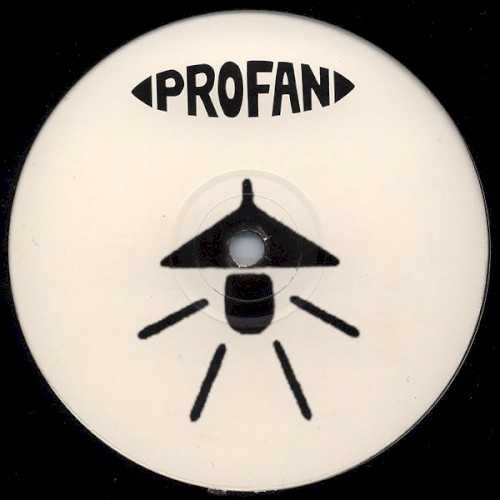 | Album: 1 of 10 Title: Modern Released: 1996-03-20 Tracks: 4 Duration: 29:09 Scroll: Up Down Top Bottom 25% 50% 75% AlbumCover | 1 Heller (07:33) 2 Klang (06:05) 3 Roter (09:12) 4 Stern (06:19) |
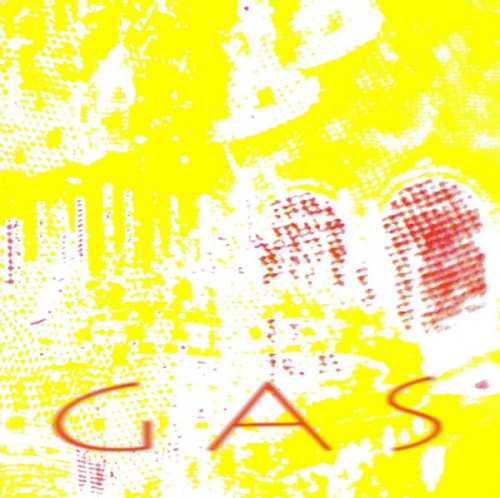 | Album: 2 of 10 Title: Gas Released: 1996-11-29 Tracks: 6 Duration: 1:17:00 Scroll: Up Down Top Bottom 25% 50% 75% Spotify Allmusic AlbumCover | 1 [untitled] (10:30) 2 [untitled] (13:43) 3 [untitled] (14:29) 4 [untitled] (11:11) 5 [untitled] (13:34) 6 [untitled] (13:30) |
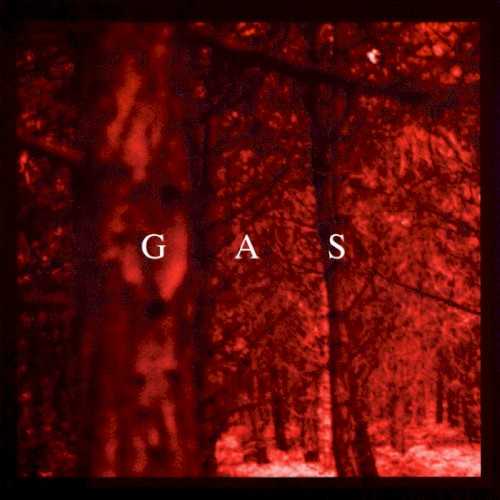 | Album: 3 of 10 Title: Zauberberg Released: 1998-02-26 Tracks: 6 Duration: 00:00 Scroll: Up Down Top Bottom 25% 50% 75% Spotify Allmusic AlbumCover | 1 [untitled] (?) 2 [untitled] (?) 3 [untitled] (?) 1 [untitled] (?) 2 [untitled] (?) 3 [untitled] (?) |
| Zauberberg : Allmusic album Review : The second of Wolfgang Voigts Gas albums released by Mille Plateaux, Zauberberg is stylistically uniform whereas its predecessor, Gas (1996), is stylistically varied. The uniformity of the music is key, for this is ambient music and the sustained motifs and sounds enhance the overall mood, which -- taking a cue from the album title, which is the title of a novel by Thomas Mann and which translates to "Magic Mountain" in English -- could be described as mysterious and ominous, though ones sense tends to be subjective when considering music as evocative as this. The tracks tend to carry on for extended periods of time -- anywhere from six to 14 minutes -- and arent structured as songs but rather as soundscapes, and though there are melodies and rhythms to be heard within these soundscapes, theyre minimal and often fleeting. The rhythms start thumping away on the second track, titled simply "2," and consist generally of a low-volume, somewhat muffled series of looped kick drums. Another rhythmically standout track is "5," which is as banging (as in metal-on-metal banging, albeit distant and echoed) as the album gets. In fact, the intensity of the music increases from track to track, peaking on "5" and "6" before the beats drop out for the soothing final track, "7." The melodies of Zauberberg are more accessible than the partial rhythms, as they swirl in the foreground of the tracks; reportedly, Voigt sampled dusty old vinyl records of classical music, namely Wagner, for these melodies, and while theres no sure evidence of this, its a reasonable assumption, given the textural hiss and static that is heard in the music and given the traces of what certainly sounds like it could be Wagner. Zauberberg is arguably the most definitive Gas album, and indeed some consider it the best. The others -- Königsforst (1999) and Pop (2000) -- are also great, but sometimes they seem like variations of Zauberberg, as if Voigt set the standard with this album and then sought to alter it on subsequent releases, so not to repeat himself. Consequently, Zauberberg is the ideal starting point in the Gas discography, not only because its stylistically the most representative of the albums, but because those that preceded and succeeded it tend to be measured against it. Taken on its own terms, Zauberberg is a remarkable album that all serious aficionados of ambient techno should hear; not only is it among the most accomplished works of Voigt, who is one of the true legends of German techno, but it set the standard for ambient techno going forward, most notably setting the stage for Kompakts popular series of Pop Ambient releases as well as subsequent Gas albums. | ||
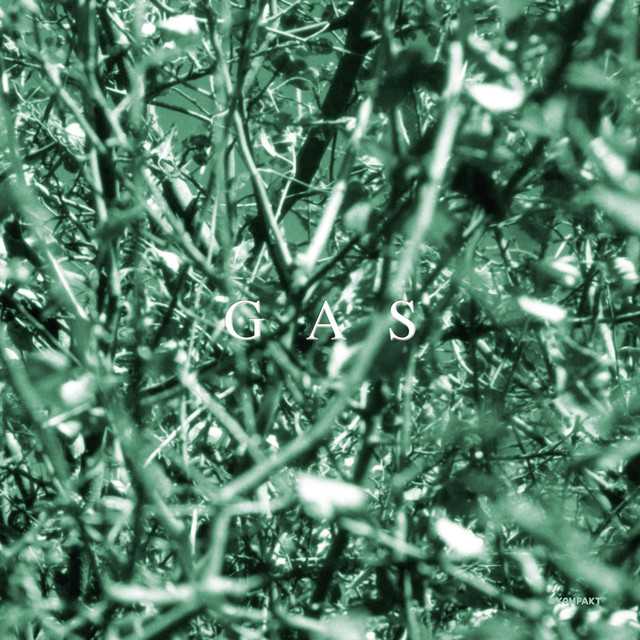 | Album: 4 of 10 Title: Oktember Released: 1999-03-02 Tracks: 2 Duration: 24:48 Scroll: Up Down Top Bottom 25% 50% 75% Spotify AlbumCover | 1 [untitled] (09:38) 2 [untitled] (15:10) |
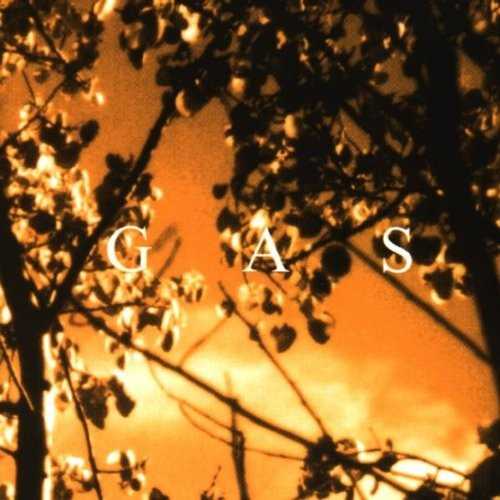 | Album: 5 of 10 Title: Königsforst Released: 1999-03-05 Tracks: 6 Duration: 1:04:56 Scroll: Up Down Top Bottom 25% 50% 75% Spotify Wikipedia AlbumCover | 1 [untitled] (09:43) 2 [untitled] (14:01) 3 [untitled] (09:01) 4 [untitled] (06:32) 5 [untitled] (15:17) 6 [untitled] (10:20) |
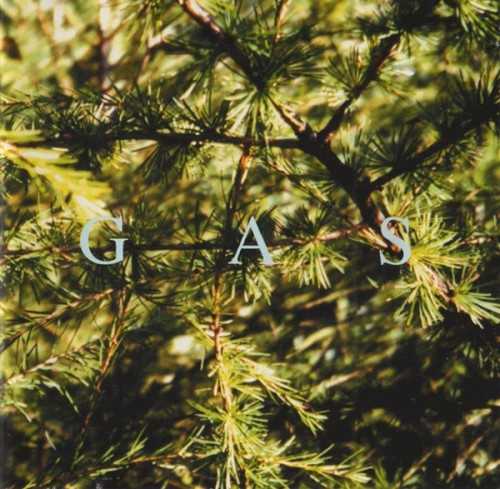 | Album: 6 of 10 Title: Pop Released: 2000-03-24 Tracks: 7 Duration: 1:05:45 Scroll: Up Down Top Bottom 25% 50% 75% Spotify Allmusic AlbumCover | 1 [untitled] (05:13) 2 [untitled] (08:38) 3 [untitled] (07:27) 4 [untitled] (09:31) 1 [untitled] (10:52) 2 [untitled] (09:24) 3 [untitled] (14:37) |
| Pop : Allmusic album Review : On Pop Wolfgang Voigt lightens the tone of his Gas work, adding earthly sounds and brighter melodies. The result remains stylistically ambient; in fact, the stripping away of bass beats, which had been employed on his past two albums, Zauberberg (1998) and Königsforst (1999), makes this more of a purely ambient album than an ambient techno one. Such a distinction (i.e., between ambient and ambient techno) may seem hair-splitting, but its a key difference between Pop and its predecessors, and this is an album that aims to be different and, presumably, more accessible (if the album title is to be taken meaningfully). Even though, for the most part, there arent any underlying rhythms of looped kick drums on Pop, theres plenty of rhythm; rather than looping low-frequency bass beats, Voigt loops mid- and high-frequency percussive sounds (for example, a tinny clanging sound on the fourth track). Actually, theres a lot going on in the mid- to high-frequency range, a variety of looped sounds -- some rhythmic, others melodic, still others simply ambient -- and these are a different set of sounds than were previously employed. In general, the seven tracks of Pop are comprised of a multi-layered set of loops that carry on seemingly to no end, though subtle nuances are constantly at play, creating a steady and sustained ambience that is forever shifting and swirling around lifelike. The final track is the most remarkable; at almost 15 minutes, its the longest, and its far and away the most intense and rhythmic, chugging along like a runaway train. Besides being remarkable on its own terms, this final track is a great finale and gives Pop the same sense of arc that characterized Zauberberg. While all of the Gas albums are cornerstone works, setting the stage for the style of "pop ambient" techno popularized by Kompakt in later years, Pop, along with Zauberberg, is a crowning achievement for Voigt and, as if his mission were accomplished, he chose to conclude his series of Gas albums here. | ||
 | Album: 7 of 10 Title: Nah und fern Released: 2008-06-05 Tracks: 26 Duration: 4:28:52 Scroll: Up Down Top Bottom 25% 50% 75% Spotify Allmusic AlbumCover | 1 [untitled] (06:27) 2 [untitled] (14:08) 3 [untitled] (08:20) 4 [untitled] (11:50) 5 [untitled] (13:56) 6 [untitled] (13:51) 1 [untitled] (07:46) 2 [untitled] (14:09) 3 [untitled] (12:47) 4 [untitled] (05:59) 5 [untitled] (08:01) 6 [untitled] (11:04) 7 [untitled] (09:11) 1 [untitled] (09:49) 2 [untitled] (13:56) 3 [untitled] (09:01) 4 [untitled] (06:32) 5 [untitled] (15:17) 6 [untitled] (10:20) 1 [untitled] (05:30) 2 [untitled] (08:38) 3 [untitled] (07:27) 4 [untitled] (09:28) 5 [untitled] (10:52) 6 [untitled] (09:18) 7 [untitled] (15:02) |
| Nah und fern : Allmusic album Review : Nah und Fern (Near and Far) bundles Wolfgang Voigts four ambient techno albums as Gas originally issued on Mille Plateaux: Gas (1996), Zauberberg (1998), Königsforst (1999), and Pop (2000). Released on Voigts Cologne-based Kompakt label, this is a four-disc set sold at the price of a double, featuring barely perceptible remastered sound (the point) and four artwork prints. This is as momentous as it gets in the small and otherwise discreet world of ambient techno. Kompakt also issued a double-vinyl companion with side-long edits on three sides with an exclusive track on the fourth, and the Raster-Noton label commemorated the occasion by publishing a 128-page book with a CD of previously unreleased Gas material. The most ambitious and productive Voigt ambient alias (over the likes of All, Mint, and Tal), Gas took on slightly different shades throughout the years, though we are definitely not dealing with a Primal Scream-like volte-face from release to release. From Gas through Königsforst, there is a gradual decline in harshness, but the finale, Pop, is the starkest overall. None of the tracks, ranging from five to 15 minutes in length across the series, were given titles, and the primary distinguishing factor between them is whether or not a submerged beat, typically in the form of a four-four, is present. The shifts are slight, detectable only through total immersion. Its not like there is a signature moment among the 20 tracks, or the Gas equivalent of a "1/1" or "An Ending (Ascent)," as with Brian Enos ambient releases. The closest to standouts or instantly identifiable moments include the third track of Pop (its nearly subliminal, downcast melody reminiscent of Blade Runner, especially if Vangelis had focused instead on a sewer-level view of Los Angeles damp streets), the following track of the same album (for its simultaneously lulling and disquieting chime-like effect), the fifth track of Zauberberg (for its oscillating stomp), and the first track of Königsforst (the most physical production, full of friction, the best candidate for terrifying a paranoia-prone sleeper in the middle of the night). Fit for zero-gravity clubbing, forest sleepwalking, or lucid dreaming, these discs make for the most affecting ambient techno released during the late 90s and early 2000s. Each album is bound to suck you into its own dream world, where lapsed shoegazers and chillout room veterans go to die, within a matter of seconds. The set is appropriately a Kompakt release, not just because the person behind the label and the music is one and the same; practically everyone who has contributed to the labels annual Pop Ambient series is a Voigt descendant. | ||
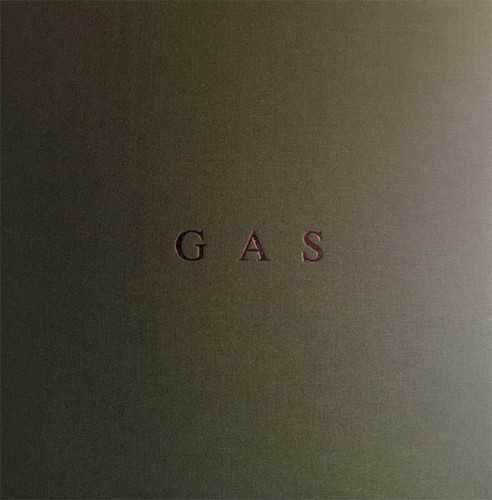 | Album: 8 of 10 Title: Box Released: 2016-10-28 Tracks: 24 Duration: 4:12:16 Scroll: Up Down Top Bottom 25% 50% 75% Allmusic AlbumCover | 1 Zauberberg 1 (11:44) 2 Zauberberg 2 (14:14) 3 Zauberberg 3 (14:31) 4 Zauberberg 4 (05:55) 5 Zauberberg 5 (07:59) 6 Zauberberg 6 (11:02) 7 Zauberberg 7 (11:58) 1 Königsforst 1 (09:40) 2 Königsforst 2 (13:58) 3 Königsforst 3 (08:59) 4 Königsforst 4 (06:32) 5 Königsforst 5 (15:14) 6 Königsforst 6 (10:20) 7 Königsforst 7 (06:20) 8 Königsforst 8 (07:11) 1 Pop 1 (05:13) 2 Pop 2 (08:35) 3 Pop 3 (11:03) 4 Pop 4 (09:53) 5 Pop 5 (10:49) 6 Pop 6 (09:20) 7 Pop 7 (14:36) 1 Tal 90 (11:46) 2 Oktember (15:13) |
 | Album: 9 of 10 Title: Narkopop Released: 2017-04-21 Tracks: 21 Duration: 2:38:55 Scroll: Up Down Top Bottom 25% 50% 75% Spotify TrackSamples Allmusic AlbumCover | 1 Narkopop 1 (04:26) 2 Narkopop 2 (09:44) 3 Narkopop 3 (03:50) 4 Narkopop 4 (03:34) 5 Narkopop 5 (06:03) 1 Narkopop 6 (04:43) 2 Narkopop 7 (08:40) 3 Narkopop 8 (06:07) 4 Narkopop 9 (07:02) 1 Narkopop 10 (17:08) 2 Narkopop 11 (16:17) 1 Narkopop 1 (04:26) 2 Narkopop 2 (09:44) 3 Narkopop 3 (03:50) 4 Narkopop 4 (03:34) 5 Narkopop 5 (06:03) 6 Narkopop 6 (04:43) 7 Narkopop 7 (08:40) 8 Narkopop 8 (06:07) 9 Narkopop 9 (07:02) 10 Narkopop 10 (17:08) |
| Narkopop : Allmusic album Review : Narkopop is the long-awaited fifth full-length from Wolfgang Voigts revered ambient techno project Gas, arriving 17 years after 2000s widely acclaimed Pop. Since that albums release, Gas has been anthologized with two different box sets on Voigts Kompakt label (2008s Nah und Fern collects the first four proper albums on compact disc, while 2016s LP/CD Box omits the first album but includes the Oktember EP), as well as a book/CD on Raster-Noton. The project has commonly been cited as a major influence on the early 21st century school of ambient artists, and Kompakt has been releasing annual Pop Ambient compilations that often seem to use the Gas recordings as a stylistic template. As fans might expect, Narkopop isnt a stylistic reinvention of the beloved Gas sound, but an evolution and refinement. The music remains as lush and forest-like as the artwork, but instead of the slowed-down loops of pop and classical records that made up much of the earlier recordings, which felt like never-ending soundscapes rather than songs, this one sounds more thoroughly composed. Even more so than Pop, Narkopop sounds like it could be transcribed and performed by an orchestra. The music sounds organic, with rushes of synths approximating strings and woodwinds appearing distinctly out of the haze. While the pieces are densely layered, they still seem to drift and float, even when theres a submerged kick drum thumping away underneath (as on the sublime 11-minute "Narkopop 2"). When present, the beats often seem to trudge at a slow tempo, providing a pulse when it seems necessary, but never getting in the way of the rich atmospheric textures. "Narkopop 4" is the albums darkest, most dramatic moment, with frayed strings getting stuck in a holographic dream, attempting to grasp onto something but unable to hold on. "Narkopop 8" is similarly suspenseful and cinematic, while "Narkopop 7" is comparatively much brighter, smiling sideways at a gorgeous sunrise. Both of the albums final two tracks (not including the 11th, only available on the vinyl edition) conclude with long, slow fades into nothingness. "Narkopop 10," an astounding 17 minutes of softly shuffling beats and tense yet light synths, causes the listener to become lost in a pleasant drift. Fully maintaining the trademark Gas sound while adding new dimensions, Narkopop couldnt be a more welcome return. | ||
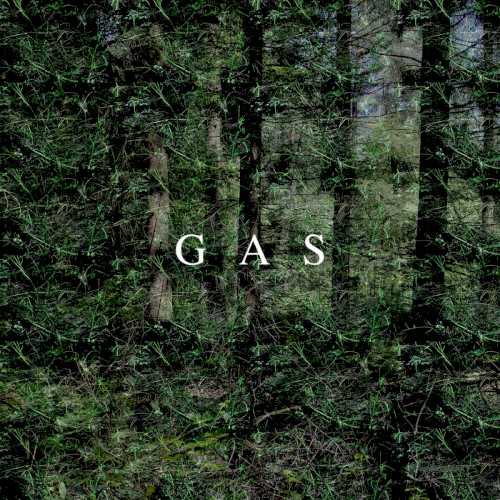 | Album: 10 of 10 Title: Rausch Released: 2018-05-18 Tracks: 7 Duration: 1:00:12 Scroll: Up Down Top Bottom 25% 50% 75% Spotify TrackSamples Allmusic AlbumCover | 1 Rausch 1 (07:54) 2 Rausch 2 (09:46) 3 Rausch 3 (13:31) 4 Rausch 4 (05:02) 5 Rausch 5 (09:43) 6 Rausch 6 (07:55) 7 Rausch 7 (06:19) |
| Rausch : Allmusic album Review : A year after Wolfgang Voigts revered ambient techno project Gas made its triumphant return with the excellent 2017 full-length Narkopop, he released the next installment, Rausch. This album is a single hourlong composition meant to be listened to in one sitting, and is only broken up into seven CD tracks for convenience, or four LP sides out of necessity. The album majestically unfolds, but is never in a hurry to go anywhere, and inhabits the familiar type of forest-like dream world listeners have come to expect. If there are any distinguishing characteristics to this one, it seems a tinge darker than other Gas releases, as well as a bit clearer and more airy, at least for some moments. The beatless opening portion feels like a slowly vibrating orb of light with a few streaks of distortion that nearly resemble sunspots. A steady beat hazily trudges in, and becomes surrounded by trippy flutes, reversed flickers, ripples of tense strings, and other sounds familiar to the Gas universe. By the albums midsection, it starts to seem sludgier but not necessarily heavier, with a hollowed-out disco beat playing at half speed and traces of delicate strings and autumnal woodwinds gently floating upward. After a particularly tense stretch, the album seems to calm down by the end, revisiting the trudging beats and vaporous puffs of sound. The continuous-play format suits the album well, as its much easier to get lost inside without the gaps between tracks. While Rausch initially doesnt feel like quite as much of a momentous occasion as Narkopop did when it first arrived, it certainly isnt any less beautiful, and holds up to repeated listens as well as anything else in the projects essential discography. | ||